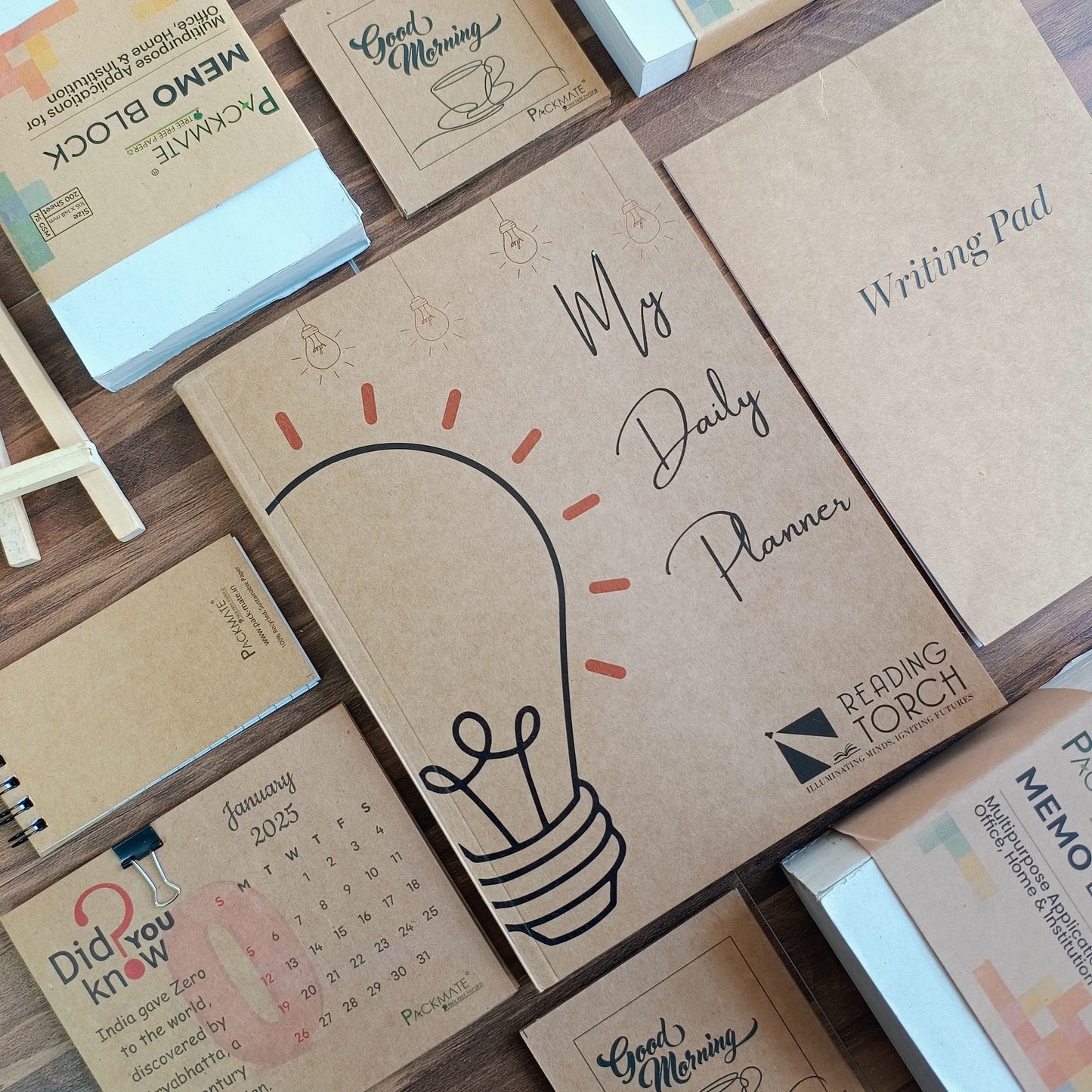
When it comes to stationery, envelopes may seem like a small item, but they play a huge role in everyday life. From sending letters and invitations to professional documents, envelopes are everywhere. However, in today’s environmentally conscious world, more and more people are rethinking even the smallest choices, like whether to use regular envelopes or eco-friendly ones.
But what exactly sets eco-friendly envelopes apart from regular envelopes? And why should you consider making the switch? Let’s break it down in detail.
What Are Regular Envelopes?
Regular envelopes are the traditional type we’ve all used for decades. They are typically made from virgin paper pulp, which comes directly from cutting down trees. These envelopes often undergo chemical processing for bleaching and may include synthetic adhesives, inks, or coatings that make recycling difficult.
- Common features of regular envelopes:
- Made from virgin wood pulp (not recycled).
- Often treated with chlorine or chemical dyes.
- Adhesives used may contain plastics or toxic compounds.
- Usually cost-effective, widely available, and mass-produced.
While these envelopes get the job done, their environmental cost is significant. Large-scale deforestation, high water consumption, and chemical waste are all side effects of producing regular envelopes.
What Are Eco-Friendly Envelopes?
Eco-friendly envelopes are designed with sustainability in mind. They are made using recycled paper or responsibly sourced paper from sustainable forestry practices. The production process minimizes the use of harmful chemicals and instead relies on natural, biodegradable adhesives and inks.
- Key features of eco-friendly envelopes:
- Made from recycled or FSC-certified paper.
- Free from chlorine and harmful chemical bleaches.
- Use water-based or biodegradable adhesives and inks.
- 100% recyclable and compostable.
- Available in various styles and designs just like regular envelopes.
The idea behind eco-friendly envelopes is simple: reduce the carbon footprint while still providing the same functionality as a regular envelope.
The Major Differences Between Eco-Friendly and Regular Envelopes
Here’s a closer look at how eco-friendly envelopes differ from regular envelopes:
1. Raw Materials
Regular envelopes: Made from virgin pulp, requiring tree cutting.
Eco-friendly envelopes: Made from recycled paper or sustainable sources, reducing deforestation.
2. Manufacturing Process
Regular envelopes: Chemical-heavy processes involving bleaching and dyes.
Eco-friendly envelopes: Low-impact processes that avoid harmful chemicals and minimize waste.
3. Environmental Impact
Regular envelopes: Contribute to deforestation, water pollution, and landfill waste.
Eco-friendly envelopes: Reduce waste, conserve resources, and support a circular economy.
4. Recyclability
Regular envelopes: Many are non-recyclable due to plastic windows, synthetic adhesives, or coatings.
Eco-friendly envelopes: Designed to be fully recyclable and compostable.
5. Cost
Regular envelopes: Generally cheaper due to large-scale production.
Eco-friendly envelopes: Slightly higher cost but with long-term environmental benefits.
6. Aesthetic Options
Regular envelopes: Widely available in different colors and textures.
Eco-friendly envelopes: Now equally diverse, often with natural textures that give a premium, authentic feel.
Why Choose Eco-Friendly Envelopes?
Switching to eco-friendly envelopes might seem like a small step, but it has a big ripple effect on the environment.
- Conservation of Resources: By using recycled paper, fewer trees are cut down, helping preserve forests and wildlife habitats.
- Lower Carbon Footprint: Sustainable production processes reduce greenhouse gas emissions.
- Safe Disposal: Since they are biodegradable and recyclable, eco-friendly envelopes won’t harm the soil or waterways when disposed of.
- Positive Brand Image: For businesses, using eco-friendly stationery sends a strong message about responsibility and values.
Can Eco-Friendly Envelopes Replace Regular Ones Completely?
Yes, without compromise. Eco-friendly envelopes perform just like regular ones. They can be used for personal correspondence, office documents, wedding invitations, greeting cards, or business mailers. With the growing demand for sustainability, more suppliers are ensuring that these envelopes are available in multiple sizes, colors, and designs to match every need.
The Future of Envelopes: Going Green
As consumers and businesses continue to prioritize sustainability, eco-friendly envelopes are set to become the norm rather than the exception. Governments and organizations are already pushing for recyclable and biodegradable packaging solutions, making it even more important to adapt now.
Making the switch isn’t just about helping the environment, it’s also about being part of a movement that values responsibility and sustainability in every little choice we make.
Conclusion
Envelopes may be small, but the impact of choosing eco-friendly ones over regular ones is anything but minor. Regular envelopes, though cheap and accessible, come at a steep environmental price. Eco-friendly envelopes, on the other hand, are sustainable, recyclable, and kinder to our planet—without compromising on quality or appearance.
If you’re ready to make the greener choice, choose eco-friendly envelopes from Packmate. As one of the most sustainable eco-friendly stationery brands, Packmate ensures that your envelopes not only carry your message but also reflect your commitment to a better future.







